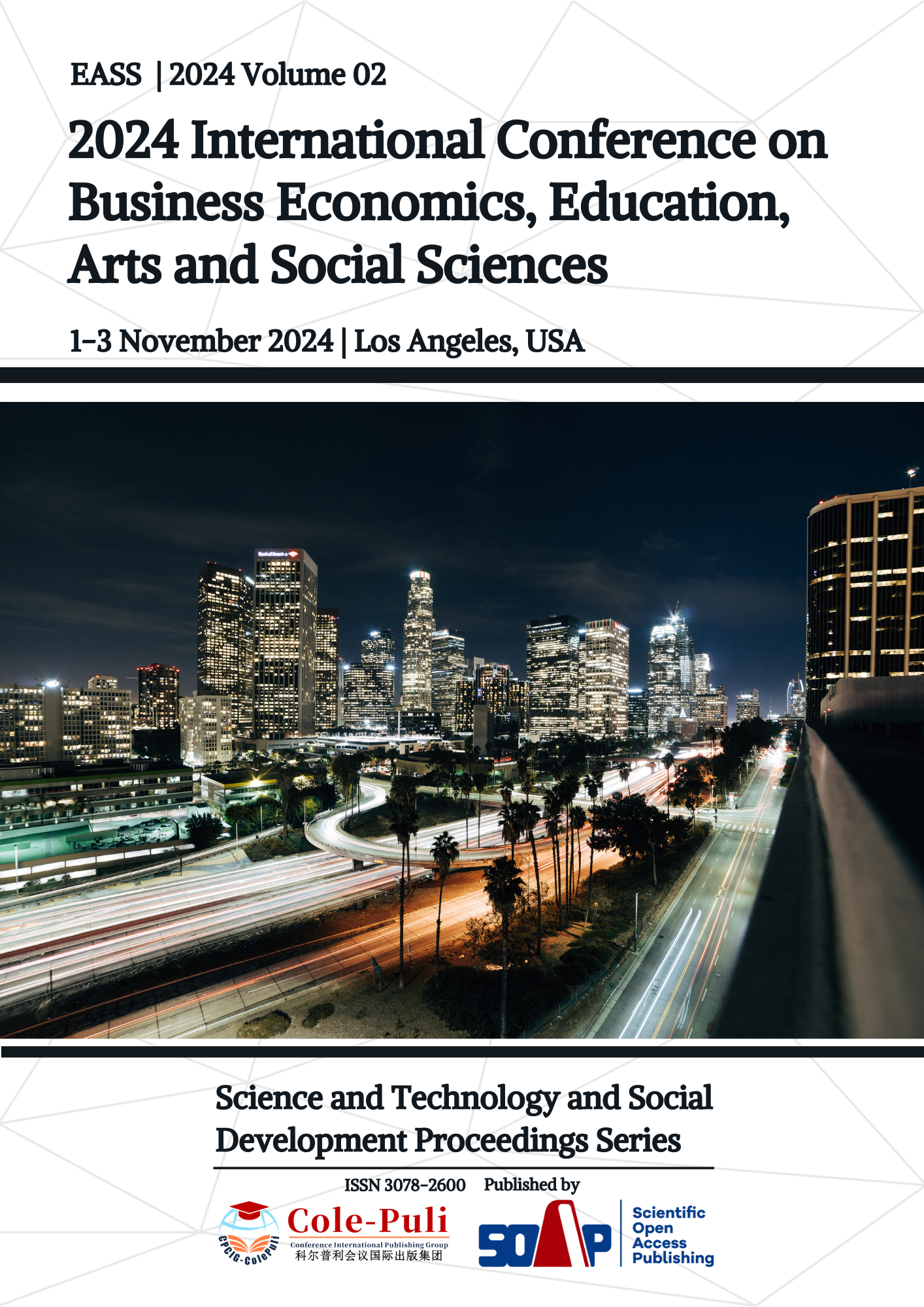Innovative Strategies for Hosts in the Dissemination of China's Narrative System in the Age of Intelligent Media
DOI:
https://doi.org/10.70088/be0qz582Keywords:
the host, tourism program, innovation strategiesAbstract
In the report of the 20th National Congress of the Communist Party of China, the "second integration" emphasized the contemporary significance of excellent traditional Chinese culture, highlighting the construction of an independent narrative system based on the integration of traditional Chinese culture and local cultural practices. In today’s society, China faces challenges in the dissemination of its narrative system, such as the external shaping of cultural symbols and a relatively singular form of cultural communication. The integration of culture and tourism has become a popular topic in recent years, with tourism programs serving as a window to showcase Chinese culture. Although cultural programs and tourism programs have both seen substantial development, creating a comprehensive program that effectively integrates both remains a task requiring continuous reflection from hosts. Particularly, current tourism programs face challenges like weak cultural relevance, lack of distinctive hosting styles, and hollow content. These issues present new challenges to hosts and offer great development potential for related programs. The key topic of this paper is how hosts can leverage their expertise to expand the program’s reach or enhance its content dissemination. Through research, the paper identifies innovative approaches for hosts in cultural tourism programs, summarized into three phases: tasks to be completed in the pre-production, production, and post-production stages. The analysis covers the core content, the host’s positioning, and communication methods. The proposed innovative paths provide new perspectives and ideas for more effectively disseminating Chinese cultural symbols abroad.
Downloads
Published
Issue
Section
License
Copyright (c) 2024 Heying Zhang (Author)

This work is licensed under a Creative Commons Attribution 4.0 International License.











